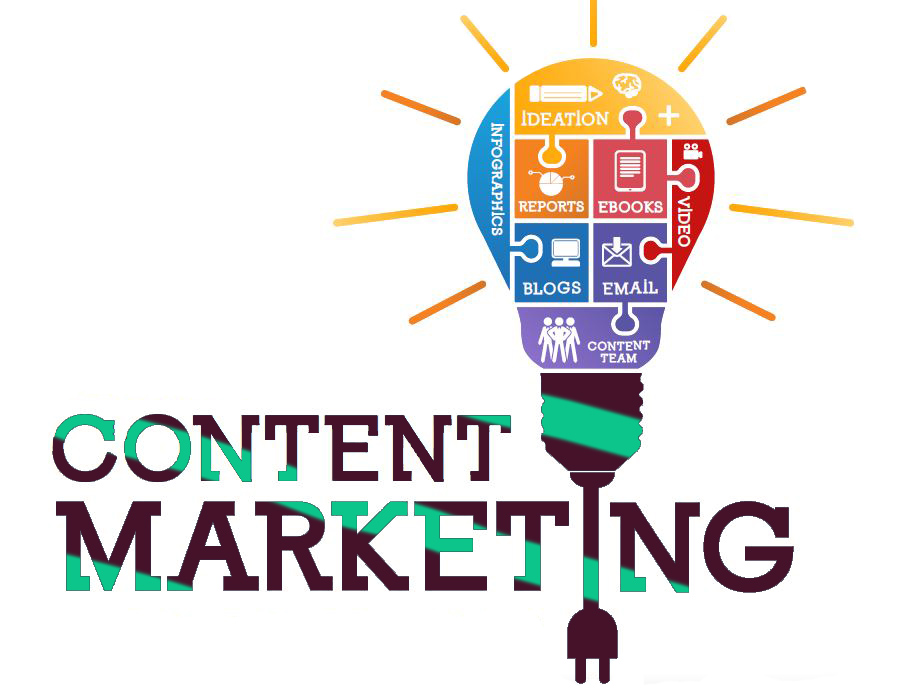Brands can attract and keep a clear-cut audience by creating and sharing content that is useful, relevant, and consistent. This leads to profitable actions from customers. Content marketing that works not only raises awareness of a brand, but also builds trust, encourages participation, and sets a business as an expert in its field.
1. Strategy and Planning
Every successful content marketing initiative begins with a well-defined strategy. The first step involves setting clear goals and objectives aligned with broader business aims—whether that’s increasing brand visibility, improving lead generation, or nurturing customer loyalty. With defined KPIs in place, marketers can measure performance and continuously optimize outcomes.
The next step is audience research, which includes developing detailed buyer personas and understanding customer behavior, preferences, and pain points. This ensures that content is relevant and speaks directly to the audience’s needs. In parallel, topic research and keyword analysis help identify what kind of content your audience is actively seeking, enabling marketers to select impactful and search-driven content themes.
Finally, a robust content strategy framework is created. This outlines content types, publishing timelines, distribution channels, and governance models, ensuring consistency and strategic alignment across the marketing funnel.
2. Creation and Execution
Once the strategy is set, the focus shifts to content creation—developing informative, engaging, and SEO-optimized materials tailored to audience needs. This can include blog articles, videos, social media posts, whitepapers, infographics, and more. The emphasis is on quality storytelling, originality, and brand voice consistency.
Next is content publishing, where materials are deployed across targeted platforms such as websites, social media, email newsletters, or third-party channels.To boost reach, content promotion becomes critical. Marketers use social media ads, email marketing, influencer collaborations, and even paid media campaigns to distribute content effectively. This amplifies exposure and drives traffic and engagement across digital touchpoints.
3. Monitoring and Optimization
The final stage involves performance tracking and analytics. Using tools like Google Analytics, marketers assess metrics such as traffic sources, time on page, bounce rate, lead quality, and conversion rates. These insights help determine what’s working and what needs refinement. Continuous content optimization—whether improving headlines, updating outdated information, or re-promoting evergreen assets—ensures long-term value and improved ROI. By analyzing data and applying lessons learned, businesses can fine-tune their content marketing efforts and stay aligned with evolving audience expectations.
What Our Previous Client Says
What we value most about working with Reveno Digital is the flexibility and personalized approach they bring to every project. It truly feels like we’re working with an extension of our own team.
Reveno’s visual work added a whole new energy to SMARTIdol. A few of the government guests even pointed it out — which says a lot.
The brand film created by Reveno Digital played a key role in helping us pitch to international clients across the UK, Canada, and Australia. It’s been instrumental in attracting new business and expanding our reach.





